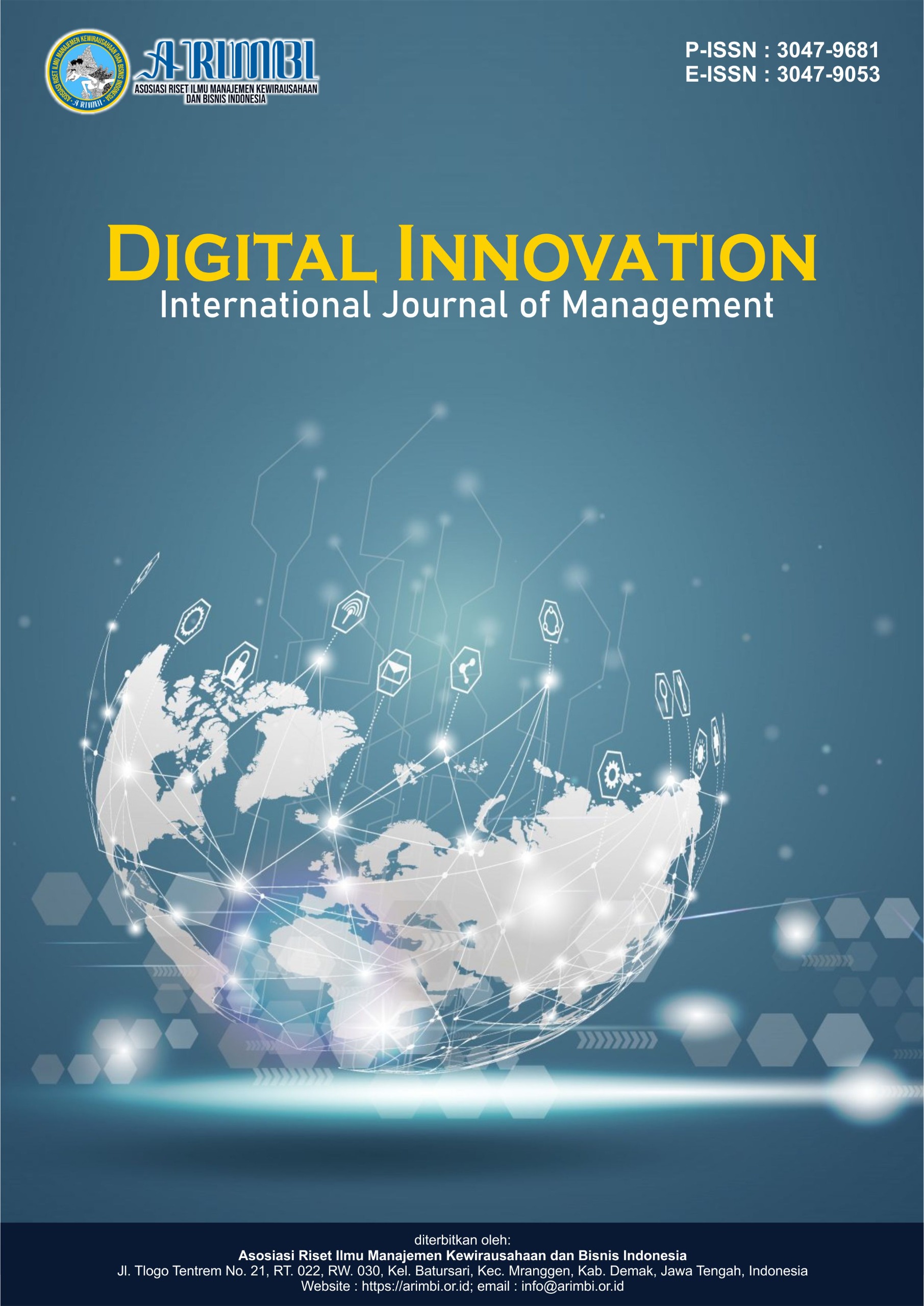The Dynamics of Coffee Shops as Creative Tourism Destinations in Enhancing Tourism Mataram City
DOI:
https://doi.org/10.61132/digitalinnovation.v2i1.185Keywords:
Coffee Shop, Creative Tourism, Mataram City, Local Economy, Coffee TourismAbstract
This study explores the dynamics of Coffee Shops in fostering creative tourism in Mataram City, focusing on their role as a bridge between urban lifestyle experiences and local cultural promotion. As a relatively new phenomenon, coffee tourism remains an underdeveloped academic subject, with limited primary data available to understand its potential opportunities. The purpose of this research is to address these gaps by examining how Coffee Shops contribute to creative tourism, local economic development, and cultural preservation. Employing qualitative methods, including interviews, observations, and documentation, the study identifies key strategies and challenges faced by Coffee Shops in Mataram. Findings reveal that Coffee Shops not only enhance urban tourism experiences but also act as platforms for promoting local coffee products and cultural narratives. However, challenges such as supply chain instability, fragmented institutional policies, and limited integration with formal tourism sectors hinder their full potential. This research contributes to the growing body of literature on coffee tourism by providing insights into its role in sustainable urban tourism development and offering recommendations for policymakers and stakeholders.
Downloads
References
Agung, I. N. (2015). Kreativitas dalam menghadapi tantangan global. Yogyakarta: Penerbit Andi.
Denzin, N. K., & Lincoln, Y. S. (1994). Handbook of qualitative research. Thousand Oaks, CA: Sage Publications.
Dinis, A., Costa, C., & Pacheco, O. (2021). Coffee tourism: A new frontier in tourism research. Journal of Hospitality and Tourism Research, 45(2), 123-140.
Dwyer, L., Gill, A., & Seetaram, N. (2012). Handbook of research methods in tourism. Edward Elgar Publishing.
Holm, E. J. V. (2013). Design for the creative industries: A critical analysis of creative workspaces. Design Management Review, 24(3), 42-49.
Inskeep, E. (1991). Tourism planning: An integrated and sustainable development approach. New York: Van Nostrand Reinhold.
Kjeldgaard, D., & Ostberg, J. (2007). Coffee grounds and the global cup: Glocal consumer culture in Scandinavia. Consumption, Markets and Culture, 10(2), 175-187.
Miles, M. B., & Huberman, A. M. (1994). Qualitative data analysis: An expanded sourcebook (2nd ed.). Thousand Oaks, CA: Sage Publications.
Narbuko, C., & Achmadi, A. (2007). Metodologi penelitian. Jakarta: Bumi Aksara.
Oldenburg, R. (1989). The great good place: Cafes, community centers, beauty parlors, general stores, bars, hangouts, and how they get you through the day. Paragon House Publishers.
Raco, J. R. (2010). Metode penelitian kualitatif: Jenis, karakteristik dan keunggulannya. Jakarta: Grasindo.
UNWTO. (2018). Tourism definitions. Madrid: World Tourism Organization.
Waxman, K. (2006). The coffee shop as a creative space. Journal of Urban Design, 11(3), 1-20.
Woldoff, R. A., Lozzi, D. M., & Dilks, L. M. (2013). The social transformation of coffee houses: The emergence of chain establishments and the private nature of usage. International Journal of Social Science Studies, 1(2), 205-218.
Yoon, Y., & Chung, H. (2018). The effects of social media use on coffee shop customers' brand experience, brand love, and brand loyalty. Journal of Digital Convergence, 16(8), 201-209.
Downloads
Published
How to Cite
Issue
Section
License
Copyright (c) 2025 Digital Innovation : International Journal of Management

This work is licensed under a Creative Commons Attribution-ShareAlike 4.0 International License.




